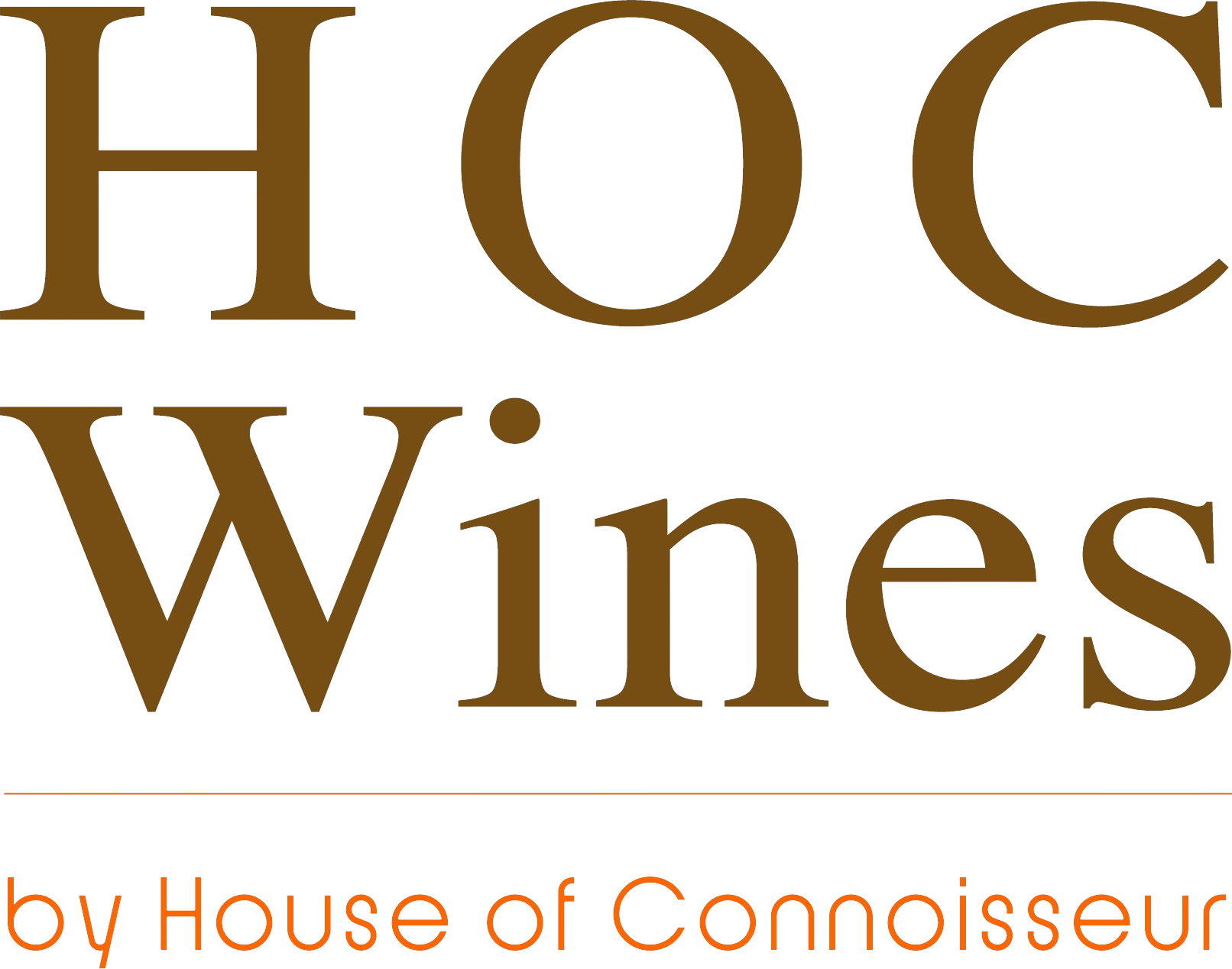
貼文

《 香檳入門指南: 香檳種類、產地、甜度分級介紹 》
在炎夏的夜晚品嚐一杯冰凍香檳,和朋友分享美好的時光。在葡萄酒的世界,香檳已成為快樂、浪漫和格調的代名詞。本文為你簡單介紹香檳的種類和閱讀酒標的要點,希望能助你挑選出最適合自己口味的香檳。
我們所理解的「香檳」(Champagne),其實即是「氣泡酒」。Champagne一字源於法國北部地區,只有在法國「香檳區」生產的氣泡酒才能稱為「香檳」。但隨着氣泡酒技術的普及,其他國家和也發展出屬於他們獨特的「香檳」,例如Prosecco(意大利)、Cava(西班牙)甚至Sparkling Wine等,都屬於葡萄氣泡酒的一種,但嚴格而言,這些產地出產的並不算「香檳」。
◆ 世界三大香檳的葡萄品種 ◆
Pinot Noir 黑皮諾
被譽為葡萄酒中的女神,這種類型的葡萄所釀製的香檳通常帶有撩人的櫻桃和草莓前調,單寧柔滑,酒體豐滿,完美演繹出紅酒的深度和氣泡酒的活潑個性。

《 Sanger Générosité Noire Blanc de Noirs Brut N.V. 》
Chardonnay 霞多麗
若說黑皮諾是女神,那麼莎當妮便是天使。莎多妮具精緻、優雅和純潔的特性,帶有明亮的檸檬和蘋果的熱帶氣息,加上細緻的礦物味,是所有香檳愛好者的入門必試酒款。

《 Ruinart Blanc de Blancs N.V. 》
Pinot Meunier 比諾文也
為香檳而生的葡萄品種,莫尼耶的果香味極為突出,酒體豐滿圓潤,帶有清脆的酸爽質感,混合在香檳之中更能突顯香檳的親和力,是多款經典餐酒的必備之選。

《 Dom Pérignon Rosé 》
◆ 香檳甜度分級 ◆
香檳那討好的個性,便是來自於它自然怡人的清爽口感。香檳有不同的甜度可以選擇,以下教你簡單的閱讀酒標的方法。
香檳標籤 | 含糖量 | 甜度 |
Brut Natural | <3g/L | 極乾 |
Extra Brut | <6g/L | 乾 |
Brut | <12g/L | 半乾 |
Extra Dry / Extra Sec | 12 - 17g/L | 微甜 |
Dry / Sec | 17 - 32g/L | 偏甜 |
Demi-Sec | 33 - 50g/L | 甜 |
Doux | >50g/L | 極甜 |
市面上絕大多數香檳都是Brut(天然乾),這種類型的香檳入口清爽,糖分並沒有蓋過葡萄的風味,反而能令果香襯托出香檳應有的天然層次感。如果你喜愛較甜的口感,那麼Exrtra Dry(Extra Sec)或Dry(Sec)甜度的香檳,不論是作為餐前酒刺激食慾,或在下午享受悠閒的時光,也是個極佳選擇。



 0
0



 0
0



